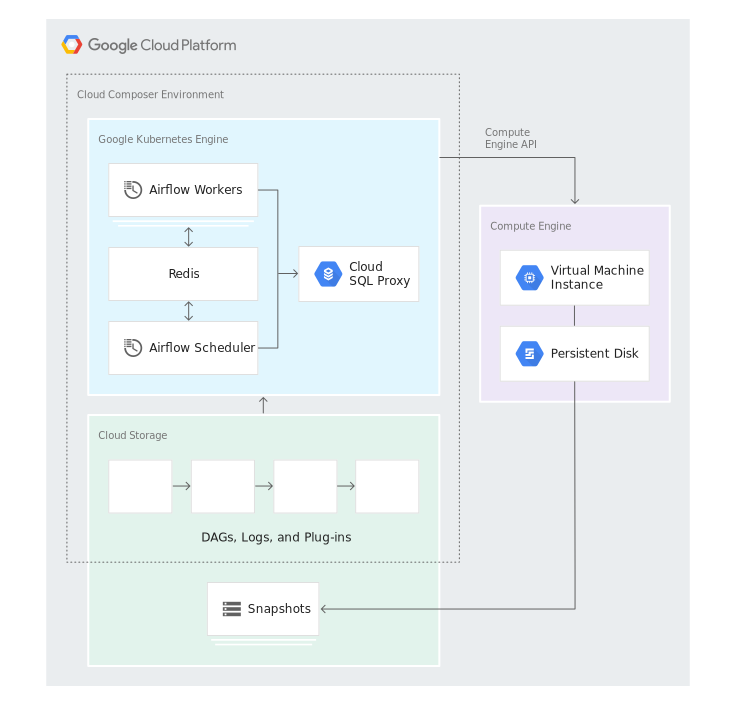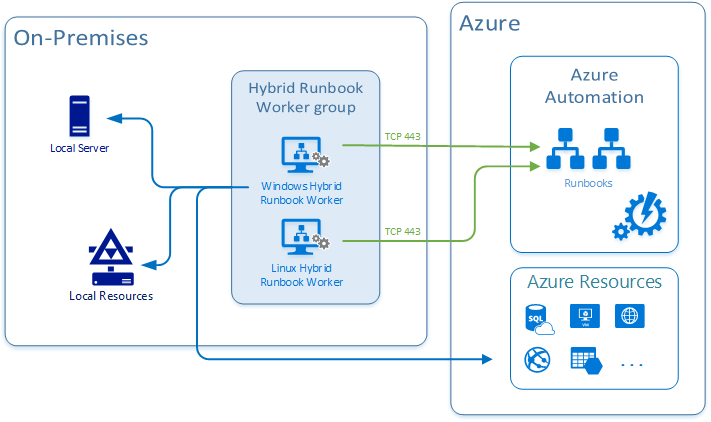Automation
Why is it required?
Challenges
Improper Resource Utilization
Challenges
Inconsistency within the Internal IT Processes
Challenges
Improper Evaluation of Resource Requirements
Challenges
Lack of Integration Points within the Applications

Increased agility to changing business conditions
Reduced manual effort leading to higher efficiency
Higher compliance to audits
Reduced cost of workflow execution


Google Cloud provides Cloud Deployment Manager for automating the creation and management of Google Cloud Platform resources with flexible templates. We can build repeatable environments complete with infrastructure, networking, load balancing, and Cloud IAM using simple configuration files and commands. With Google’s infrastructure automation tools, you can experience the benefits of infrastructure as code whether you’re managing one machine or one million.

Microsoft Azure also provides Service Management Automation to automate the creation, monitoring, and deployment of resources in your Windows Azure Pack environment. It also provides Azure Automation to automate Azure-related management tasks. Azure Automation delivers a cloud-based automation and configuration service that supports consistent management across your Azure and non-Azure environments. It comprises process automation, configuration management, update management, shared capabilities, and heterogeneous features. Automation gives you complete control during deployment, operations, and decommissioning of workloads and resources.
Shortened deployment cycles
Refined business workflows
Improved Security and Resilience
Other Tools for Automation
Apart from AWS, Google and Microsoft Cloud’s Automation tools, there are many different cloud infrastructure automation tools available using which we can help you choose the ones that best serve your cloud infrastructure needs, irrespective of your migration targets – public, private or hybrid cloud architectures.

Ansible
Ansible is now becoming an industry standard infrastructure automation tool. It has numerous capabilities like GUI-based inventory management, flexible REST API, multi-playbook workflows, job scheduling and ability to embed in almost any task-based configuration management process.

Kubernetes
Kubernetes is a container orchestration platform for automating the deployment, scaling, and management of containerized applications. It makes it easy to deploy and operate applications based on a microservice architecture for almost any cloud by creating an abstraction layer on top of a group of hosts.

Terraform
Terraform is an open source tool that can be used to create and modify infrastructure. It helps you by automatically configuring and managing the lifecycle of a wide range of resources, including physical servers, networking, and SaaS products with the aid of extensive resource graphing and execution plans.
Take the plunge in Automation
Get in touch with us to know how we can help you in implementing Cloud-based Infrastructure Automation and reap a wide-array of benefits.
